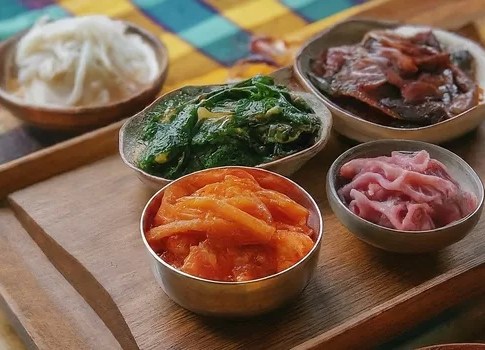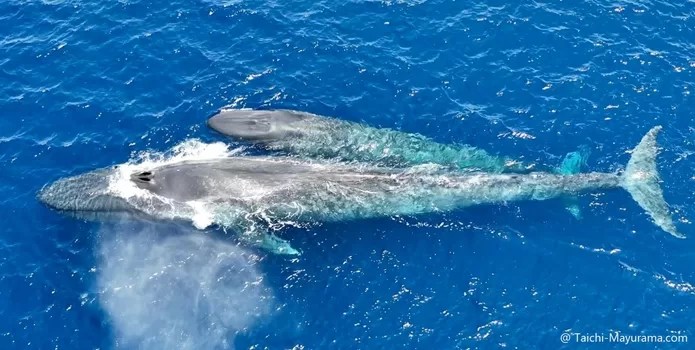Jeotgal refers to various types of Korean fermented seafood, often used as a condiment or ingredient in Korean cuisine. Saeu-jeot, or salted fermented shrimp, is one of the most popular types. It adds a savory, umami flavor to dishes and is commonly used in kimchi and various Korean stews. Here’s how to make saeu-jeot at home.
Our Traditional Jeotgal, or Saeu-jeot, Recipe continues after this advertisement:
Traditional Saeu-jeot Recipe (Korean Salted Fermented Shrimp)
Ingredients:
- 500 grams small fresh shrimp (preferably baby shrimp)
- 1 cup coarse sea salt or kosher salt
- 2 tablespoons rice wine (optional, for added flavor)
- 1 teaspoon grated ginger (optional)
- 2 cloves garlic, minced (optional)
- 1 tablespoon Korean red pepper powder (gochugaru) (optional, for a spicy kick)
Instructions:
Prepare the Shrimp:
Rinse the shrimp thoroughly under cold water to remove any impurities. Drain well and pat dry with paper towels. For a more traditional approach, keep the shrimp whole, including heads and shells.
Salt the Shrimp:
- In a large mixing bowl, combine the shrimp with the coarse sea salt. Mix well to ensure the shrimp are evenly coated with salt.
- If using, add the rice wine, grated ginger, minced garlic, and Korean red pepper powder (gochugaru). Mix thoroughly to combine all the ingredients.
Ferment the Shrimp:
- Transfer the salted shrimp mixture to a clean, airtight container. Press the shrimp down firmly to remove any air pockets and ensure they are fully submerged in the salty mixture.
- Cover the container with a lid, leaving it slightly ajar to allow air to circulate during the initial fermentation period.
Initial Fermentation:
- Place the container in a cool, dark place for about 2-3 days. During this time, the shrimp will begin to ferment and develop their characteristic flavor.
Long-Term Fermentation:
- After the initial fermentation period, seal the container tightly and move it to the refrigerator for long-term fermentation. Allow the shrimp to ferment for at least 2 weeks. The flavor will continue to develop and intensify over time.
- For the best results, ferment the jeotgal for 1-3 months. The longer it ferments, the more complex and robust the flavor will become.
Storage:
After the fermentation period, check the jeotgal for its flavor and texture. It should have a savory, slightly tangy taste with a firm yet tender texture.
Store the fermented jeotgal in airtight containers in the refrigerator. It can be kept for several months, continuing to enhance its flavor as it ages.
Tips:
- Ensure the shrimp you use are very fresh, as this will significantly impact the quality of the jeotgal.
- Adjust the amount of salt according to your taste preference, but ensure there is enough to preserve the shrimp and promote fermentation.
- Always use clean utensils when handling the fermented seafood to avoid contamination.
Using Jeotgal:
Jeotgal is a versatile condiment that can be used in various Korean dishes. It adds depth of flavor to kimchi, enhances the taste of soups and stews, and can be enjoyed as a savory side dish.
The rich, umami flavor of jeotgal complements many traditional Korean meals, making it a cherished component of Korean cuisine.
Enjoy your homemade jeotgal as a flavorful addition to your culinary repertoire!
Chae: Korean slow food for a better life Hardcover, 2024 is available from Amazon

Related stories
Traditional Doenjang Recipe (Korean Fermented Soybean Paste)
Chinese Restaurant Syndrome – is MSG safe?
Recipe for popular Korean dish Gimbap
Australia’s best tasting heirloom tomatoes
Delicious and Easy Air Fryer Recipes
A True History of Vegemite, manna from Heaven
Global Food Production Dilemma: Grow & Buy Local
Lunar Agriculture: Plants to be Grown on the Moon
Should You Buy at Farmer’s Markets or Supermarkets?
Are Salt and Pepper Shakers collectible? What to look for
What to look for when collecting Egg Cups




